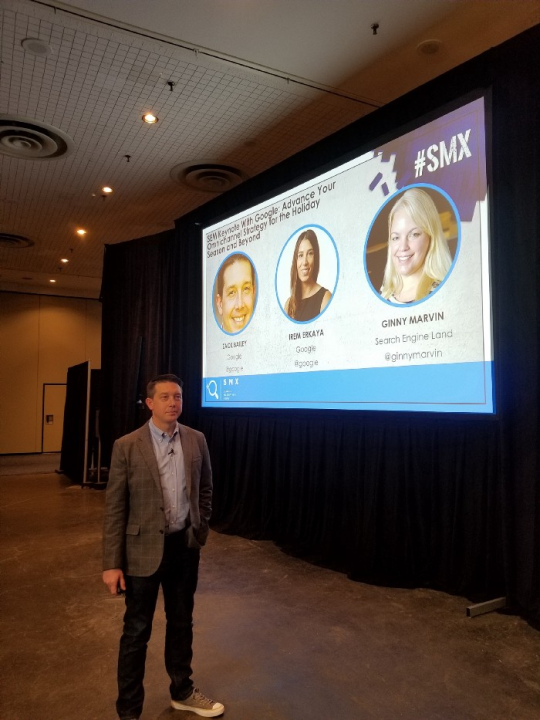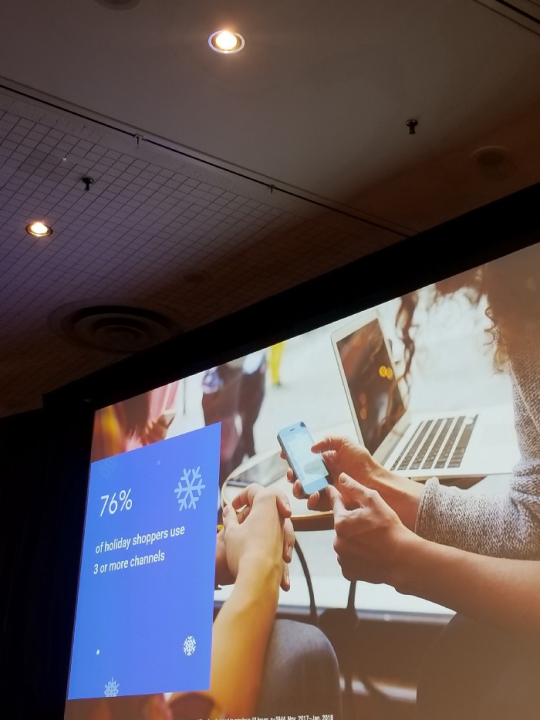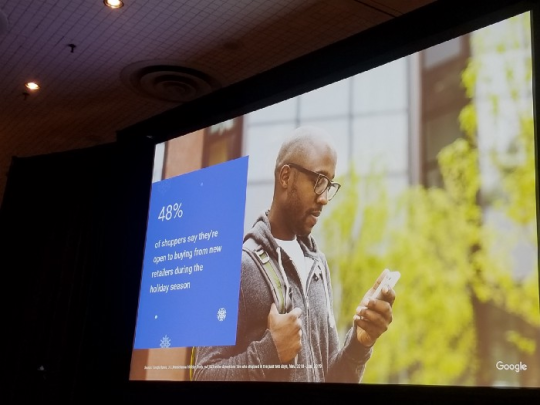How Education Technology Can Gain Market Share with the Teacher of Tomorrow
During my time in field sales, I wanted to obtain the business of Dental Schools and Hospitals. After obtaining meetings and making presentations to prominent Dentists, I was informed that they could not buy from me. After handling objections, showing how my offerings were better than the competition; I got to the heart of the matter. The decision makers explained to me that they were under contract with large manufacturers and distributors.
In fact, these competitors were offering deep discounts to Dental Schools so their students would get comfortable using their products. When these students would become licensed Dentists, they would use the products they trained on instead of the competitors. These competitors build life-long customer loyalty.
When I called on certain Dentists in their offices, they said they liked a particular company’s product. I asked them why they liked the product and would they consider switching for something comparable with faster service. The Dentists said no saying that they learned on particular equipment in Dental School and it was the only thing they felt comfortable using.

Image via
Geoffrey Moore discusses the Technology life cycle in Crossing the Chasm.
Dental manufactures and large distributors used pricing to target the Innovators/Early adopters/which in this case was the dental students and hospitals. To increase market share, they offered discounted pricing in exchange for purchase and long service contracts. These manufacturers and distributors succeeded in targeting dental students right before they would become customers; earning them years of customer loyalty.
How this applies to EdTech & E-Learning
This strategy can be applied to the EdTech/E-Learning market because there are many companies that serve this space but only a few companies that dominate the market. The opportunity to target Innovators/Early adopters like I described above presents itself as the United States Department of Education is asking for Education Technology to be embedded into K-12 teacher preparation programs.
The use of #edtech should be embedded in teacher preparation programs! #teacheredchat #highered pic.twitter.com/177e1LtVmN
.

image via http://elearninginfographics.com/wp-content/uploads/21st_century_classroom.jpg
EdTech/E-Learning companies have the chance to improve the Teaching profession and generate life-long customer loyalty. This opportunity can be seized by offering discounted pricing and free trials to Innovators/Early Adopters which in this case are the teacher preparation programs.
Here is how this marketing program could be executed on the Technology Life cycle curve.

Innovators Teacher Preparation programs
Offer Teacher Preparation programs discounted pricing and free trials to try the product.
Have pre-service Teachers/Admins get comfortable using the product
Early Adopters Rookie Teachers/Admins
Offer them free trials and a lower discount.
Early/Late Majority Seasoned Teachers/Admins
Offer Trials and discounts to targeted staff and Administrators, Lead Teachers and Instructional Coaches.
Laggards Senior Staff Members
Continue to innovate the product and messaging to show how the product is being used.
Obtain Testimonials from satisfied Teachers and Administrators
Show how the product exceeds competitors.
This is how EdTech/E-Learning companies can improve the Teaching profession and generate life-long customer loyalty.
What EdTech/E-Learning product do you want to try?
Comment and share below.
About the Author
Dan is passionate about using Marketing to help businesses drive sales. Certified in Inbound Marketing, Dan has worked on various marketing assignments including: Start Ups, a Political Campaign & a Digital Marketing Conference.
Prior to serving as a Classroom teacher, Dan served customers as an Outside Sales & Marketing Rep in NYC. In this role, he taught & trained Dentists on the company’s products & services using a consultative selling approach combined with direct marketing. He also supported the company’s marketing efforts at industry trade shows.
He writes & publishes a business blog on the topics of Sales, Marketing & Social Media entitled Sales, Marketing & Social Media Today; which has grown to over 17,000 followers on LinkedIn & over 13,000 on WordPress.
Dan’s articles & insights on Sales, Marketing & Social Media have been featured, mentioned & referenced in major Business Publications such as:
The Arizona Republic
http://yourbusiness.azcentral.com/handle-top-10-sme-sales-objections-24845.html
Twitter Ads Blog
https://blog.twitter.com/2014/how-smartphone-users-engage-on-twitter-three-key-findings
Yahoo! Finance Blog
https://es.finance.yahoo.com/blogs/fintechnologiayredeses/cueva-arma-secreta-obama-110427857.html
Paper.li’s Wall Of Fame via Scoop.it
http://www.scoop.it/t/all-things-paper-li/?tag=Dan+Galante
Dan has been honored for his Social Profiles & Content
•Recognized by Klout for having a Score putting him in the Top 10 % of Social Media Users
•LinkedIn Social Selling Index Score in the Top 1%
•Honored by SlideShare for being in the top 5% of profiles viewed in 2014
•Honored by LinkedIn in 2012 for being in the top 1% of profiles viewed out of 200 million members
Dan is seeking a full-time marketing role in Direct, Inbound, Digital, Content & Social Media Marketing. He is willing to be a CMO to create and build out the Marketing function of your organization if it does not exist. Contact him to set up interviews. dan@dangalante.com












